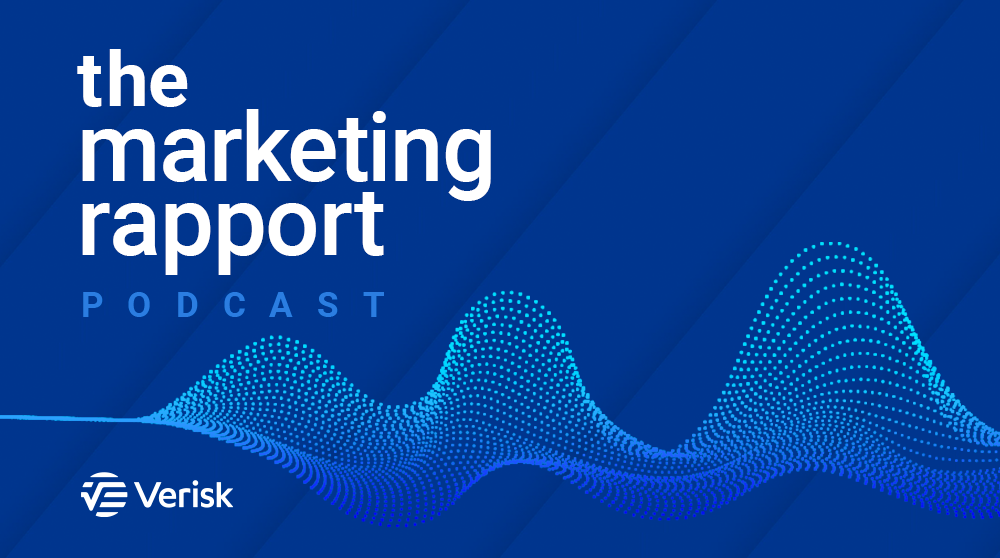Exploring Trends in Higher Education Marketing and Inquiry Generation
Organizations in higher education are currently facing a number of challenges – from evolving student demographics to the growing number of online degree programs. But, current marketing trends show a number of opportunities for schools to optimize their inquiry generation channels and positively impact their enrollment and admissions programs.
Student behavior has evolved, with students conducting more of their research on schools and degree programs online. The footprints of their digital enrollment journeys can provide marketers with data which they can use to better understand student interest and intent. Using this data, marketers in higher education can make better, data-driven decisions about their use of first and third party channels for inquiry generation. In addition, they can optimize their contact strategies to engage students at the right time to support application and enrollment.
This was the focus of discussion during our session,“The Latest Higher Ed Inquiry Generation Trends & How They Impact You” at LeadsCon Las Vegas. During the session, Megan Lotorto, VP of Integrated Marketing at Sparkroom, led a panel of experts including Marcelo Parravicini, President of Sparkroom, Akeel Haider, VP, Innovation & Strategy at Sparkroom, and Dave Wengel, Founder and CEO of iDatafy.
Evolving Student Profile
As the demographics of the typical student have changed, so too has the journey that students take before enrollment. Our research shows that, in education in particular, it’s much more common for consumers to be doing research and/or submitting inquiry forms across multiple devices.
This poses a challenge for marketers, as many schools leverage web analytics tools to understand student engagement. These cookie-based marketing and analytics tools offer limited insights into student behavior when multiple devices are used. And the metrics that they provide offer little visibility into student behavior and journeys through third party channels.
Leveraging Dynamic Data
This lack of transparency in inquiry acquisition channels, has long been an issue for marketers in higher education. In the past, many marketing decisions were based solely on static data. But in recent years, new vendors and solutions have arisen which enable marketers to have more visibility into their recruitment channels, leveraging dynamic data and sources. As Dave Wengel from iDatafy commented, marketers need to shift from static to dynamic data. “We’re in a new world now where we actually have dynamic data being created, analyzed, and made actionable,” he said.
By leveraging data, schools are able to have better visibility into the student journey. With better transparency and access to data, schools are able to take a more data-driven approach to marketing, leveraging insights into their students’ buying journeys to find the right balance between first and third party channels. These insights can make marketers smarter and bring them closer to their inquiry generator partners, allowing them to collaborate in ways that they may not previously have been able to.
“There is a fast growing, rapidly growing number of traditional, not for profit universities that are trying to figure out, for example, how to grow their distance education programs, or how to establish their distance education programs. And in doing so, the one area they avoid is lead aggregators, not because they don’t want to work with them, but rather, because they do not understand those channels,” said Marcello Parravicini from Sparkroom.
Better Visibility
They key for marketers is understanding how inquiry data can give them better visibility into each student’s enrollment journey and intent. As Akeel Haider from Sparkroom remarked,“we live in a very fragmented digital market space. So, in that research process that happens with any lead and any person who’s trying to get a degree, it is really a long path. That path starts with an impression, with a referral, and it doesn’t stop there. So, what we’re seeing in our data is that there’s a number of touch points and events that lead that person to finally inquire.”This sentiment was echoed by Lauren Dickstein who shared that according to Jornaya’s data,“One in four consumers that actually complete an inquiry form on a brand, a school site, in the last 30 days had visited a third party site.”As the data shows, students tend to visit multiple resources, first and third party, as they research schools and education programs.
Integrating first and third party data sources can help schools make better, data-driven decisions regarding their use of first and third party channels. And as they leverage these channels, they can take advantage of dynamic data generated by student interactions to gain insight into where that student is in their enrollment journey. This will enable schools to optimize their engagement strategy to have the most impact and relevance.
In the end, the more transparency schools have into the inquiries that are being generated, the more efficient and effective they can make their recruitment, admissions and enrollment programs. And the more successful they will be partnering with third party inquiry generators and aggregators to reach the right students to fit their programs.
Lauren Dickstein is VP of Product Strategy at Jornaya.








 Your Privacy Choices for Platform Services | Data Services
Your Privacy Choices for Platform Services | Data Services